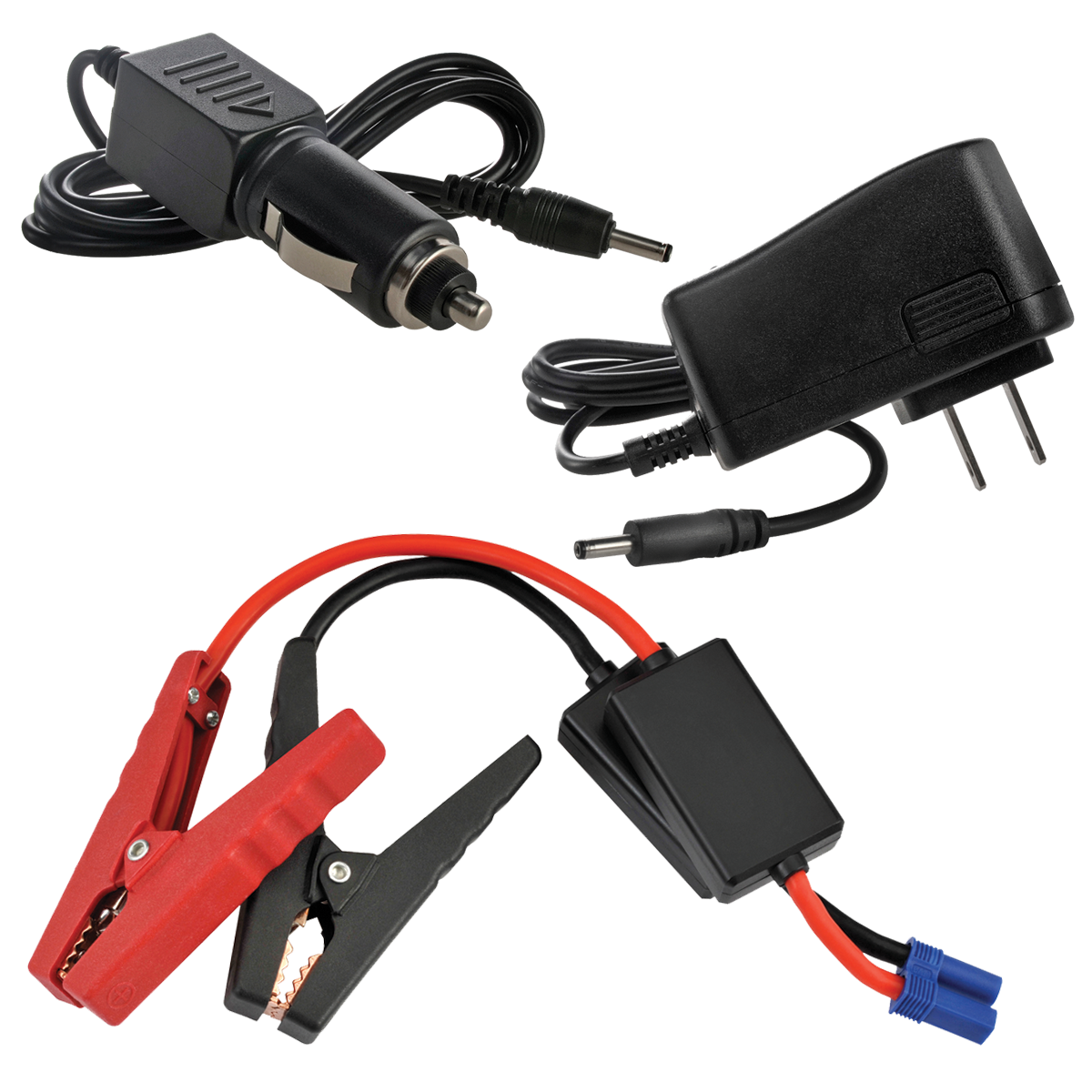When you add the reflectors (sold separately), they cut charing time by about 35-40%. Which made the great charging time of the Orange Joos even better. Having installed and removed the reflectors about 60-80 times since this summer, you can see a little wear around the screw insertion spots. This won't impact performance but the charger will outlive the cheaper plastic reflectors for sure.
The large hole at the top of the charger was great for attaching to the outside back of my backpack while hiking. Other times I use to leave it at the camp site to charge in the sun and use to lock it to a large wooden picnic table to prevent theft. Nice design touch.
I read over a hundred reviews on various internet sites and a complaint that kept coming up is related to the connector. A small percentage of users complained that after several months of use, the connector would become unreliable and you would have to fiddle with it to "make" the connection. After my months of in field testing, I didn't encounter this issue but wanted to make sure you were aware of it. I emailed some questions to their support team and always received prompt courteous responses. If your device does encounter this connector issue just contact them.
Q&A with the company
During my tests, I had some questions for Solar Joos and thought you may benefit from the answers so here it is.
Q1 - What drove the creation of SolarJoos and the Orange?
"The technology was originally created for commercial phone charging stations(before my time here), but ran into some complications so the founders decided to create a consumer product since there is such a large and growing market for portable power. Since we have the best solar technology it made sense to try to create a consumer product for portable power, we came up with the JOOS Orange." - Dan Trautman
Q2 - What differentiates you from the other major solar player
"What separates us from Goal Zero and everyone else is our patented technology that allows us to use one complete solar cell(as opposed to cutting multiple cells into strips and wiring them together in a series). It is an internal component that takes the 2.6W from the solar cell and 'saves' up enough to output at 5W into the battery so USB devices can charge from the battery. Our competitors have to have enough solar cell strips to equal 5W which is why ours is a much smaller form factor. If half of their solar mat gets covered in shade charging will stop. You can cover 95% of our cell with shade and it will still collect some power from the sun as opposed to not working at all. This is how the JOOS is able to charge in low light(real-world) conditions. Also, the JOOS Orange has an internal battery that the solar cell charges and then the battery charges your device as opposed to having to have the solar cell and device in the sun simultaneously. The sun doesn't have to be out for the JOOS to charge a device if there is power in the battery. We also have a patent on our social media idea for people to be able upload their solar collecting data and compare with other JOOS customers, it will be a much better version of our dashboard diagnostic software." - Dan Trautman
Q3 - What are the 2-3 most striking use cases you know for your product?
" Last year, the JOOS became a pretty popular device for helping keep families connected when hurricane Sandy hit the east coast of the US. The JOOS has also helped mountaineers summit Mt. Kilimanjaro, Mt. Denali, and many other mountains. We also have many customers in the Peace Corps that use it to stay connected while in remote parts of the planet. We've also donated a few units to a US based project that helps bring tablets to schools in remote villages in Africa. the JOOS is their power source." - Dan Trautman
Q4 - How much is a replacement battery?
Replacement batteries are $29.99 and should last 200-300 cycles (about 1 year).
Q5 - Are there any other products in development?
"Yes, many new and exciting things are in the works. We'll have a larger unit for better tablet charging and laptop charging. Plus a smaller version(1 smart phone charge) that will be much more portable geared toward everyday usage and travel." - Dan Trautman
Conclusion
I really liked the Orange Joos Solar charger because it is self-contained (battery plus solar charger), water proof, charged extremely well in all types of weather and durable. If these are qualities you are searching for then buy the Orange Joos and I promise you won't be disappointed.
If however you don't care about your solar panel being self contained. If you don't need a water proof solar charging solution. If you aren't concerned about maximizing charging in various weather conditions. If you need something lightweight then you may want to look at some of the other solar charing kits (like the InstaPark Mercury 10 - link - combined with an external battery).
I'm excited to see what Solar Joos does with future products.










